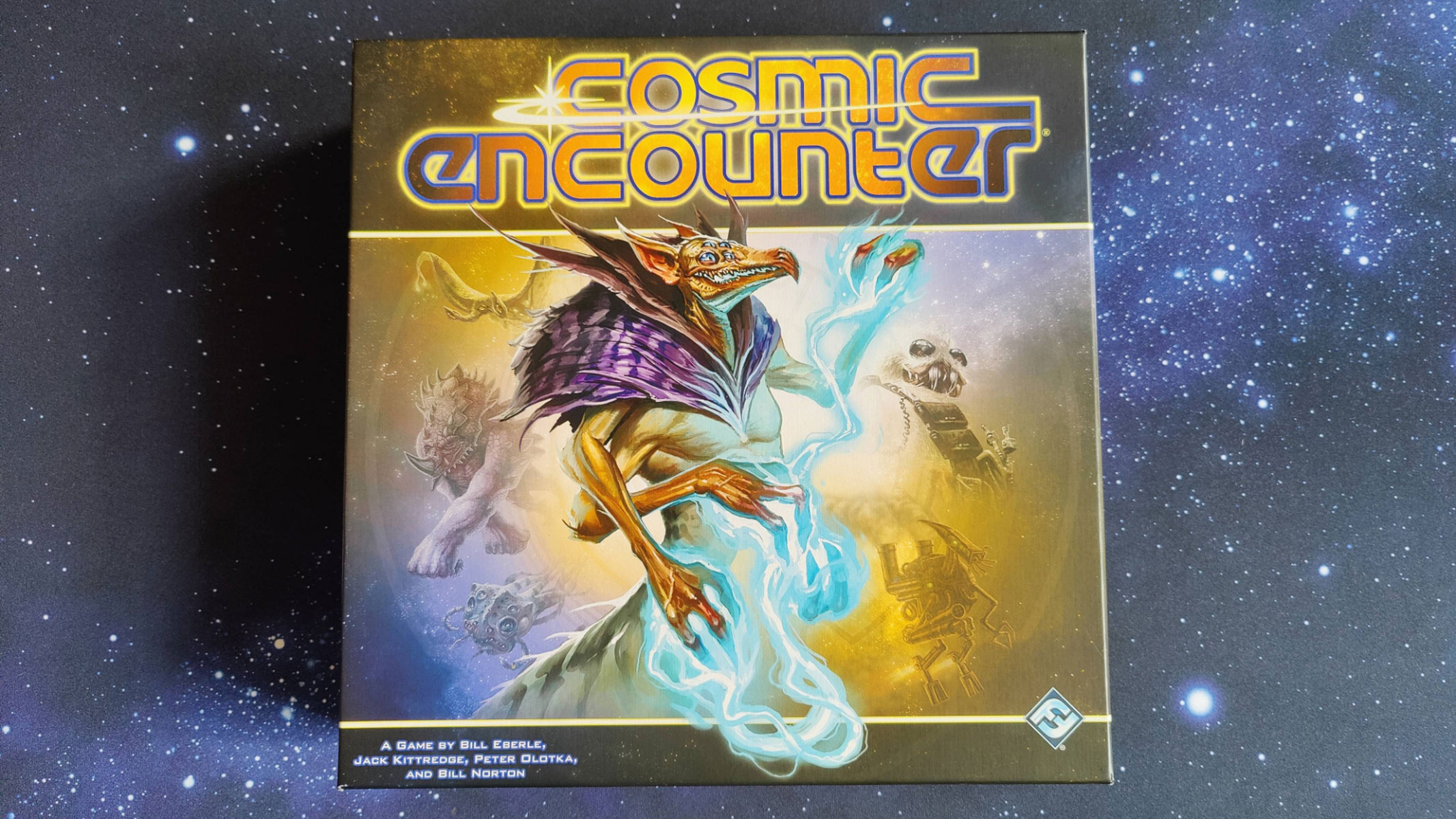Perseid Meteor Show Wows Skywatchers with Celestial Fireworks (Photos)

Brilliant displays of Perseid meteors lit up the heavens this past weekend as the annual Perseid meteor shower reached its peak.
Skywatchers across the Northern Hemisphere had the best views of the Perseid meteor shower, which produced around 60 to 70 "shooting stars" per hour over the weekend. The shower peaked overnight on Sunday (Aug. 12) and early into Monday morning (Aug. 13).
Because the meteor shower's peak arrived just after the new moon on Saturday (Aug. 11), the dark "moonless" sky provided excellent conditions for spotting meteors in the night sky. [The Dazzling Perseid Meteor Shower of 2018 in Photos]

As Perseid meteors dashed across the sky throughout the night, skywatchers were treated to the occasional fireball meteor. Fireballs are large meteors that explode with bright, green light as they enter Earth's atmosphere.
At Galičica National Park near Ohrid, Macedonia, astrophotographer Stojan Stojanovski captured a Perseid fireball as it lit up the starry sky above a serene mountain landscape. "Near the big puddle where animals drink water, we started shooting around 11 p.m. local time," Stojanovski told Space.com. "It was a good night with very good number of meteors per hour."
Watching the meteor shower outside Las Vegas, astrophotographer Tyler Leavitt spotted a pink-and-green Perseid meteor crossing in front of the Milky Way — and pointing toward Mars.
Get the Space.com Newsletter
Breaking space news, the latest updates on rocket launches, skywatching events and more!

The Red Planet, which is still bright in the sky following its close approach to Earth on July 31, continues to offer spectacular views in the night sky. While waiting for the Perseids to make an appearance over southern Idaho, photographer Catherine Oostdyk snapped a view of her son Benjamin patiently scanning the skies. No meteors are visible in the photo, but the image does show Mars, the biggest and brightest object in the sky.
Although much of the U.S. was unable to see the meteor shower due to cloudy weather and smoke from wildfires, skywatchers in Europe were blessed with clear skies. In Italy, Gianluca Masi, an astrophysicist with the Virtual Telescope Project, hosted a live webcast of the Perseid meteor shower from Castel Santa Maria. Masi told Space.com that the meteor-spotting event "went very well, and we could see tons of stars and many Perseids." [Photos: Amazing Perseid Meteor Shower Displays]

While the meteor shower's peak has passed, the Perseids haven't left us just yet. Some meteors will still be visible until the end of August. The next major meteor shower will be the Orionids, which peak on Oct. 21-22.

Editor's note: If you have an amazing meteor shower photo you'd like to share with Space.com and our news partners for a possible story or image gallery, please contact managing editor Tariq Malik at spacephotos@space.com.
Email Hanneke Weitering at hweitering@space.com or follow her @hannekescience. Follow us @Spacedotcom, Facebook and Google+. Original article on Space.com.
Join our Space Forums to keep talking space on the latest missions, night sky and more! And if you have a news tip, correction or comment, let us know at: community@space.com.

Hanneke Weitering is a multimedia journalist in the Pacific Northwest reporting on the future of aviation at FutureFlight.aero and Aviation International News and was previously the Editor for Spaceflight and Astronomy news here at Space.com. As an editor with over 10 years of experience in science journalism she has previously written for Scholastic Classroom Magazines, MedPage Today and The Joint Institute for Computational Sciences at Oak Ridge National Laboratory. After studying physics at the University of Tennessee in her hometown of Knoxville, she earned her graduate degree in Science, Health and Environmental Reporting (SHERP) from New York University. Hanneke joined the Space.com team in 2016 as a staff writer and producer, covering topics including spaceflight and astronomy. She currently lives in Seattle, home of the Space Needle, with her cat and two snakes. In her spare time, Hanneke enjoys exploring the Rocky Mountains, basking in nature and looking for dark skies to gaze at the cosmos.
